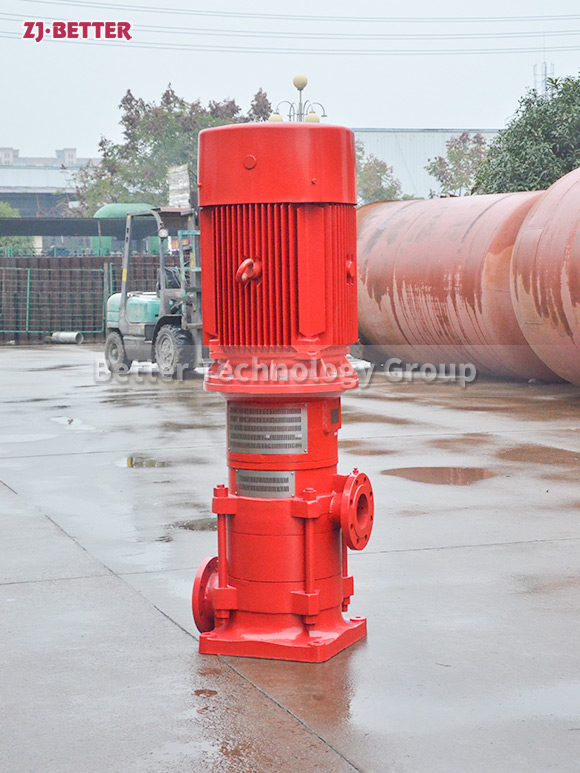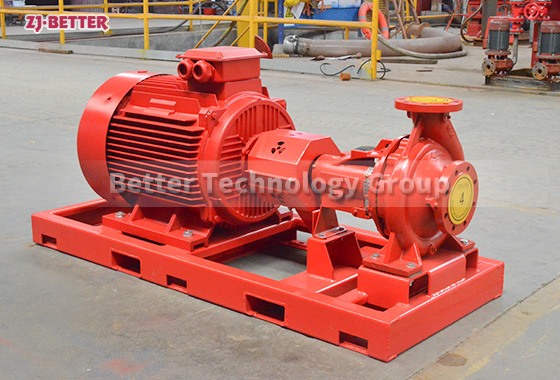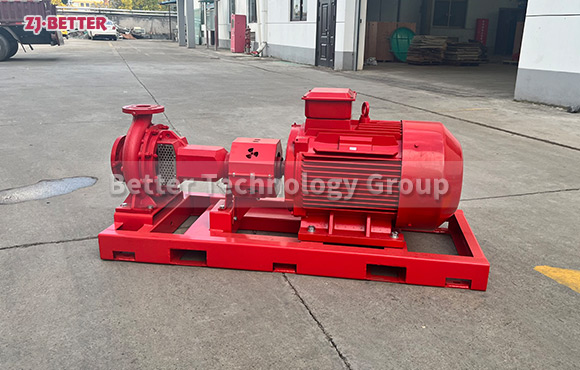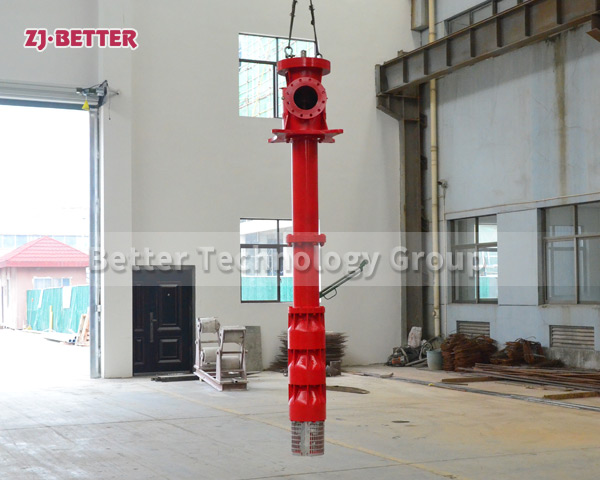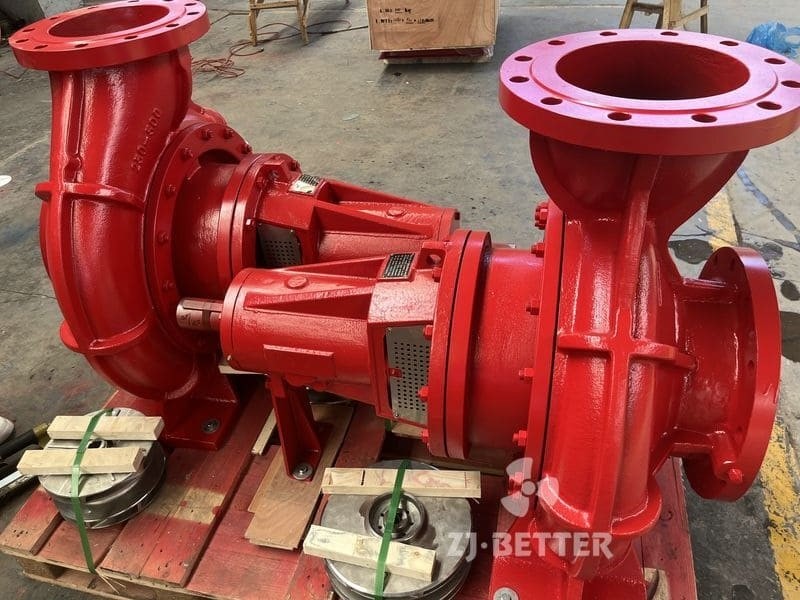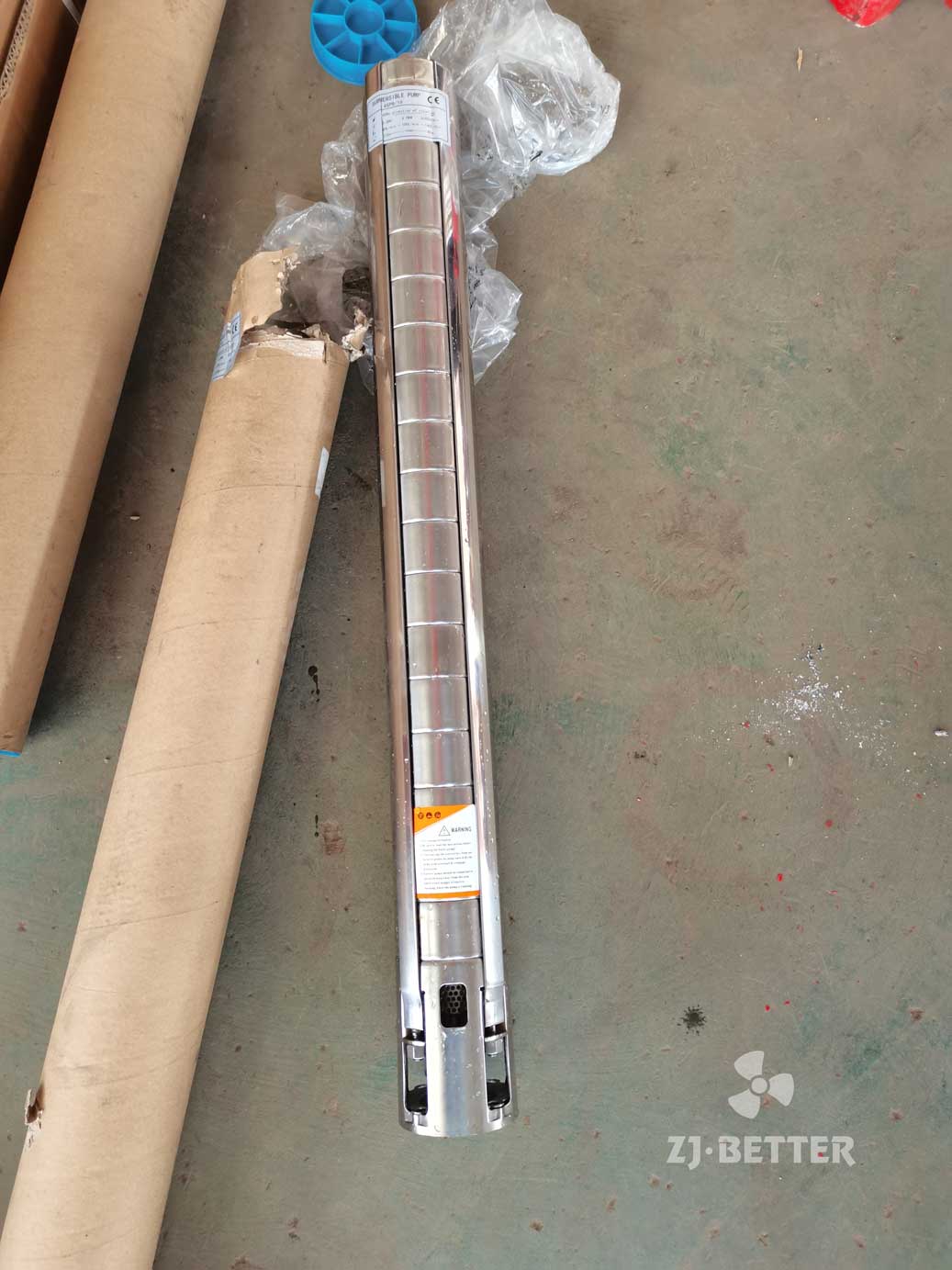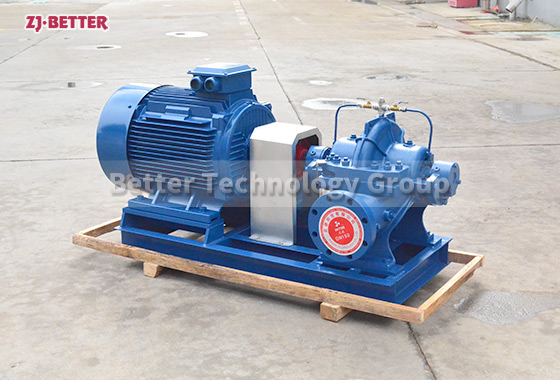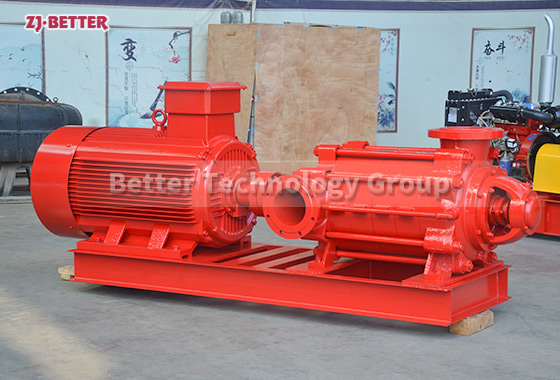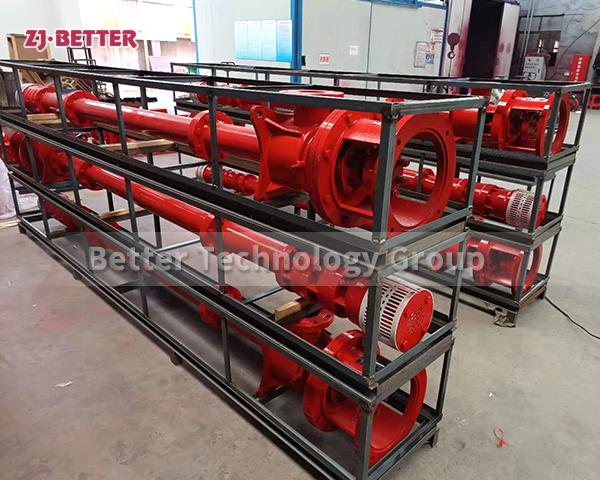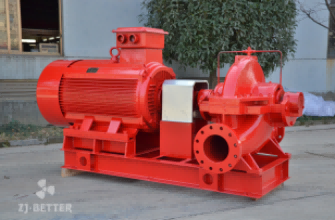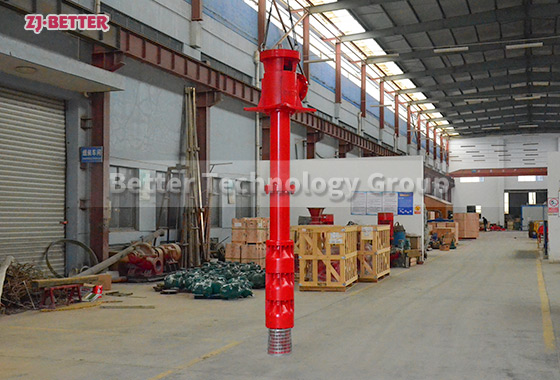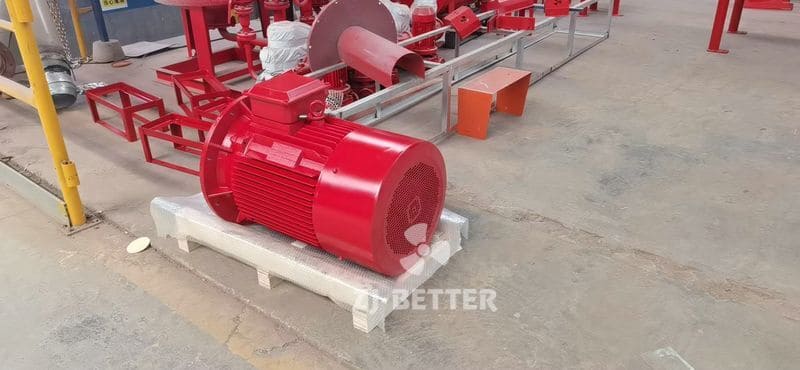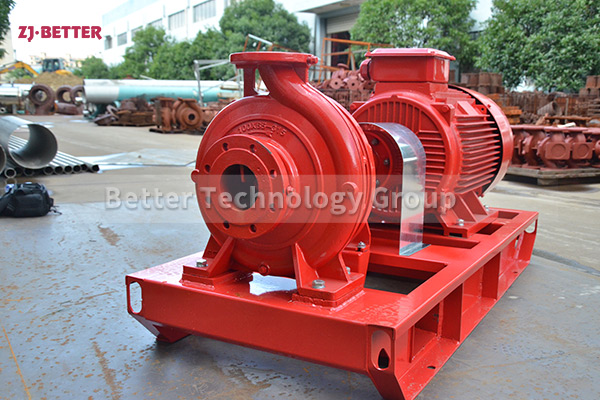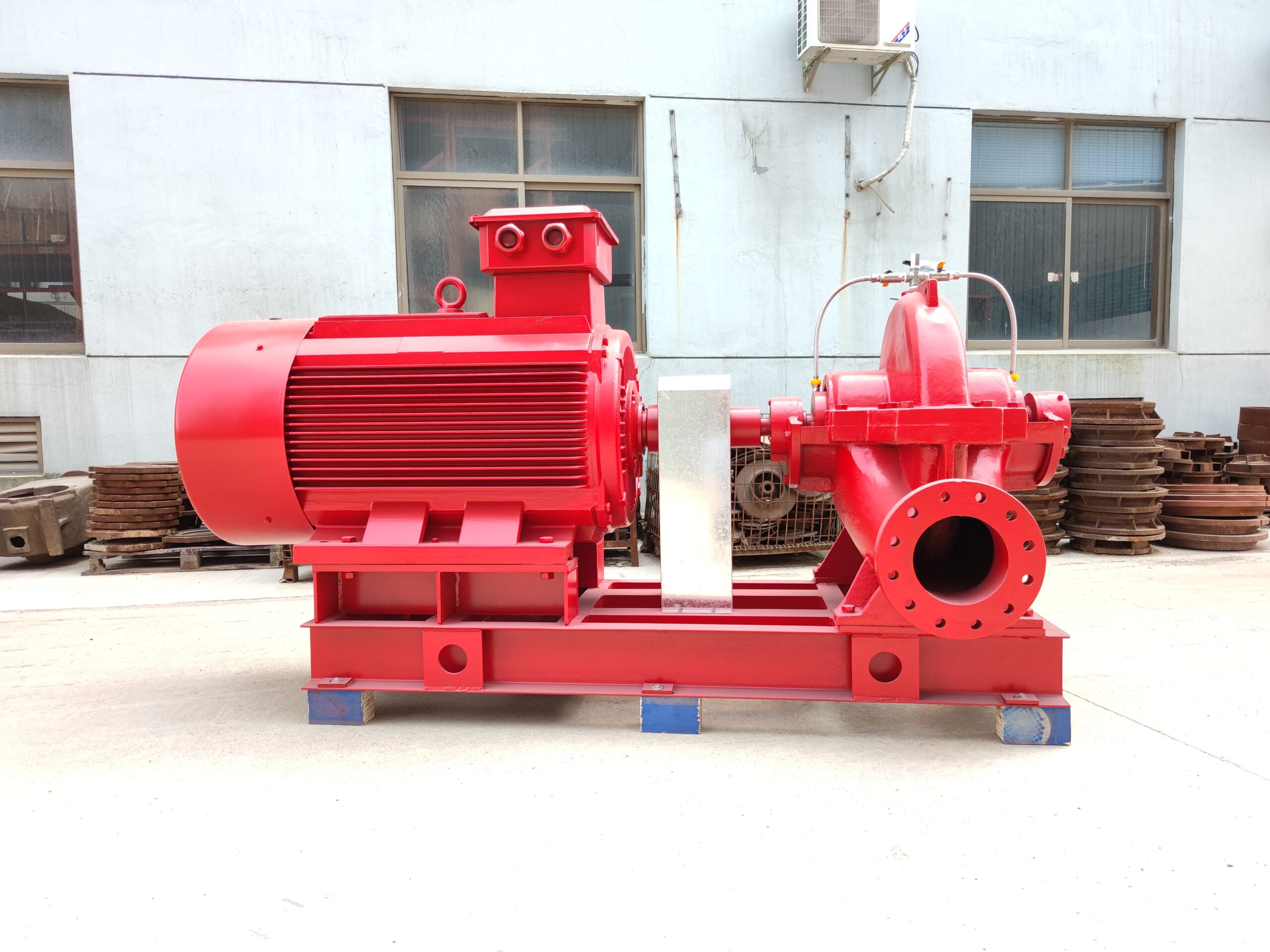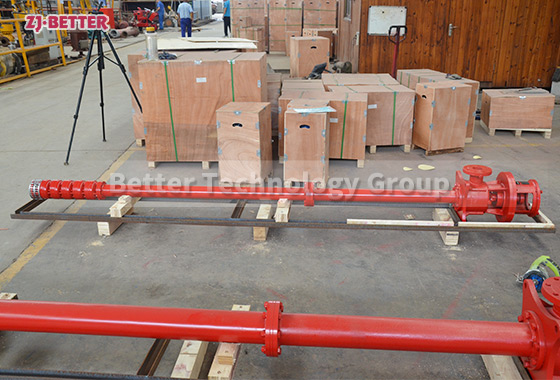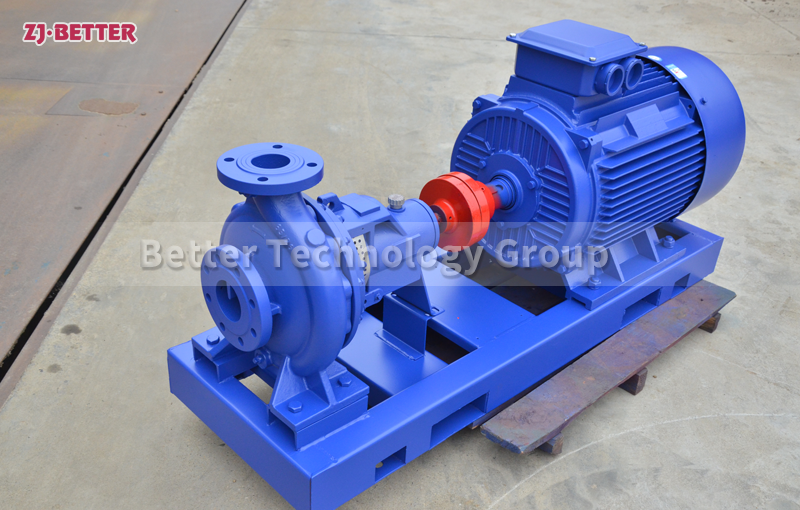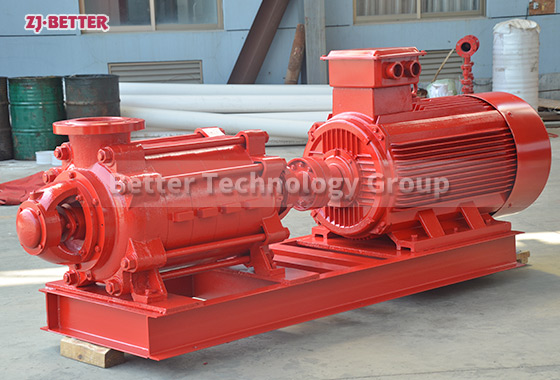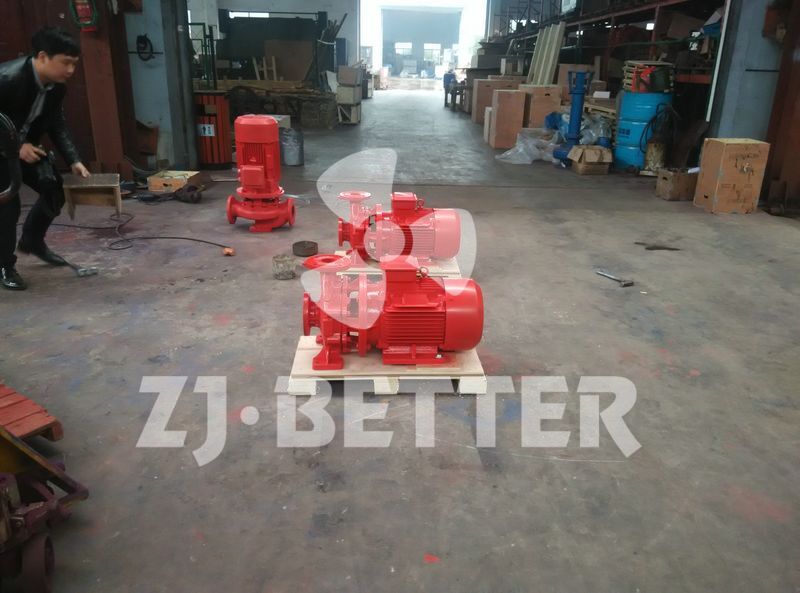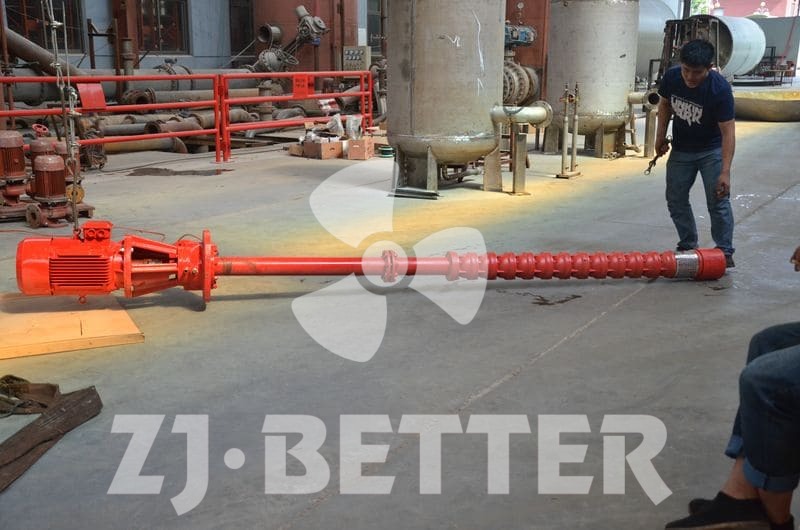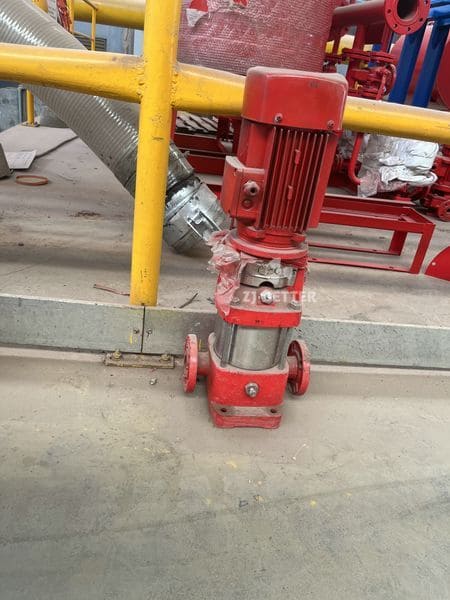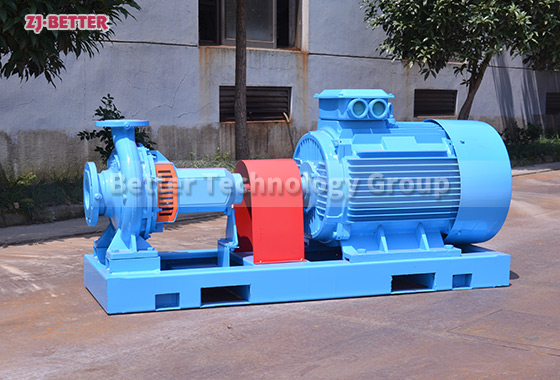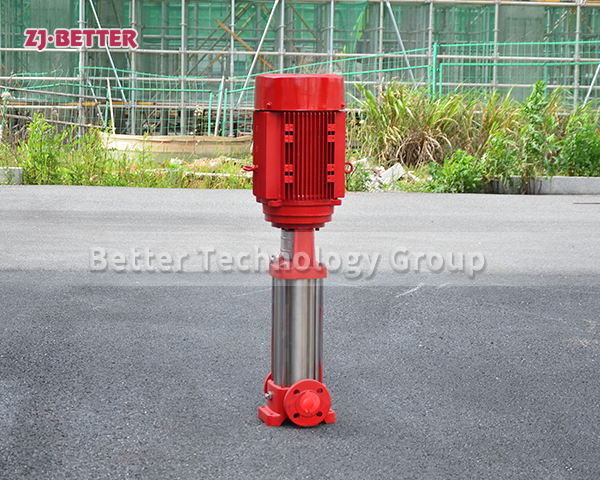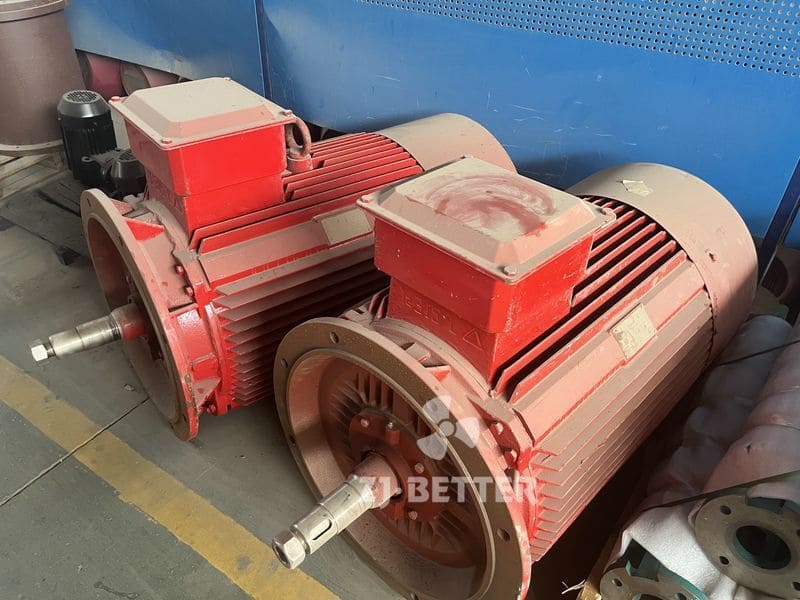Energy Saving and High Pressure Combined: Key Factors for Enhanced Fire Suppression with Multi-Pump Units
The electric dual-pump control cabinet system delivers efficient and reliable fire protection through intelligent control, remote monitoring, modular design, and energy-saving features—ideal for industrial, commercial, and smart city applications.
In the fields of modern industrial and civil construction, fire pump systems play a crucial role, and the electric dual-pump control cabinet system, with its efficiency, intelligence, and stability, has become the preferred solution for fire water supply in numerous projects. This system operates two electric pumps in tandem and is equipped with advanced electrical control devices, not only enhancing the system’s operational reliability but also providing robust technical support for fire protection needs in complex environments.
The core advantage of the electric dual-pump system lies in its redundant design: the two motor pump units can operate alternately or synchronously based on actual operating conditions, ensuring that if one pump fails or requires maintenance, the other pump can immediately take over, preventing system shutdown due to a single pump failure. This design not only improves the continuity and reliability of the water supply system but also extends the service life of each pump and reduces operational and maintenance costs.
The system’s electrical control cabinet adopts a modular structure, integrating PLC control logic, human-machine interface, automatic/manual switching, fault alarm, and remote monitoring functions. Through the intelligent logic control system, users can achieve pump group start/stop, status monitoring, and parameter adjustment, significantly improving operational convenience and system automation levels. Additionally, the electrical control system has seamless integration capabilities with building automation systems (BAS) or fire alarm systems, facilitating comprehensive intelligent management of the building.
The system supports multiple operating modes, such as scheduled rotation, automatic load switching, and peak-off-peak modes. Based on pre-set logic or external signal triggers, the system can intelligently adjust the operating status of the pumps according to changes in water demand, achieving on-demand water supply and reducing energy consumption. This flexible operation strategy is particularly suitable for commercial buildings, data centers, industrial and mining enterprises, and other locations with significant fluctuations in water consumption.
The system features comprehensive fault self-diagnosis and alarm functions. The control cabinet is equipped with motor overload protection, short-circuit protection, phase loss protection, and overvoltage/undervoltage protection devices. If the system detects any abnormalities, it will immediately alert management personnel via audio-visual alarms or remote alarm modules, ensuring that faults are identified and resolved promptly. This high-level safety mechanism significantly enhances the system’s availability and response speed.
The electric dual-pump control system offers flexible installation and strong adaptability. The system can be configured in either horizontal or vertical layouts, with a small footprint and compact structure, making it particularly suitable for space-constrained machine rooms or underground pump stations. Additionally, all critical components are designed with modular construction, facilitating transportation, rapid on-site installation, and future maintenance, thereby improving construction efficiency and reducing installation costs.
The system uses internationally recognized electrical components and controllers to ensure long-term operational stability. Whether it is contactors, relays, PLC boards, or HMIs, all components have undergone high-temperature and high-humidity environment testing, featuring strong anti-interference capabilities, excellent vibration resistance, and a long service life, meeting the operational requirements of various high-standard engineering projects.
The system supports remote monitoring and cloud platform integration, featuring IoT capabilities. Users can view real-time pump group operational status, historical data, energy consumption trends, and alarm records via computer or mobile app, enabling intelligent management of the equipment throughout its lifecycle. This functionality provides critical data support for large-scale engineering projects and facilitates the visualization and intelligence of operations and maintenance.
The system has a wide range of interface protocols and strong compatibility. It can be integrated with building management platforms via Modbus, BACnet, PROFIBUS, and other protocols, enabling centralized scheduling and integrated control. This feature is particularly important for system integration in smart cities and green buildings, helping to build an efficient and collaborative building ecosystem.
The system incorporates energy-saving control strategies and intelligent variable-frequency modules. Based on real-time outlet pressure or flow signals, the control system can automatically adjust motor speed to achieve constant-pressure water supply or variable-flow regulation, significantly reducing energy consumption, extending equipment lifespan, and aligning with the development direction of green buildings and low-carbon development.
The system design is user-friendly and easy to operate. The control panel features a graphical interface and multilingual support, with key parameters clearly displayed and an intuitive and user-friendly operating interface. The system also includes an operation log function, recording every startup, shutdown, fault, and parameter change, facilitating traceability analysis and standardized management, particularly suitable for projects with strict requirements for fire pump management.
The electric dual-pump control cabinet system, with its redundant design, intelligent control, modular structure, and remote monitoring capabilities, has become a key component of modern fire protection water supply systems. It not only enhances the overall safety, reliability, and operational efficiency of the system but also aligns with the trends toward building intelligence, green development, and digitalization. In the current construction industry, which increasingly prioritizes both safety and efficiency, the widespread adoption of this system will undoubtedly lead the future development direction of fire pump systems.



